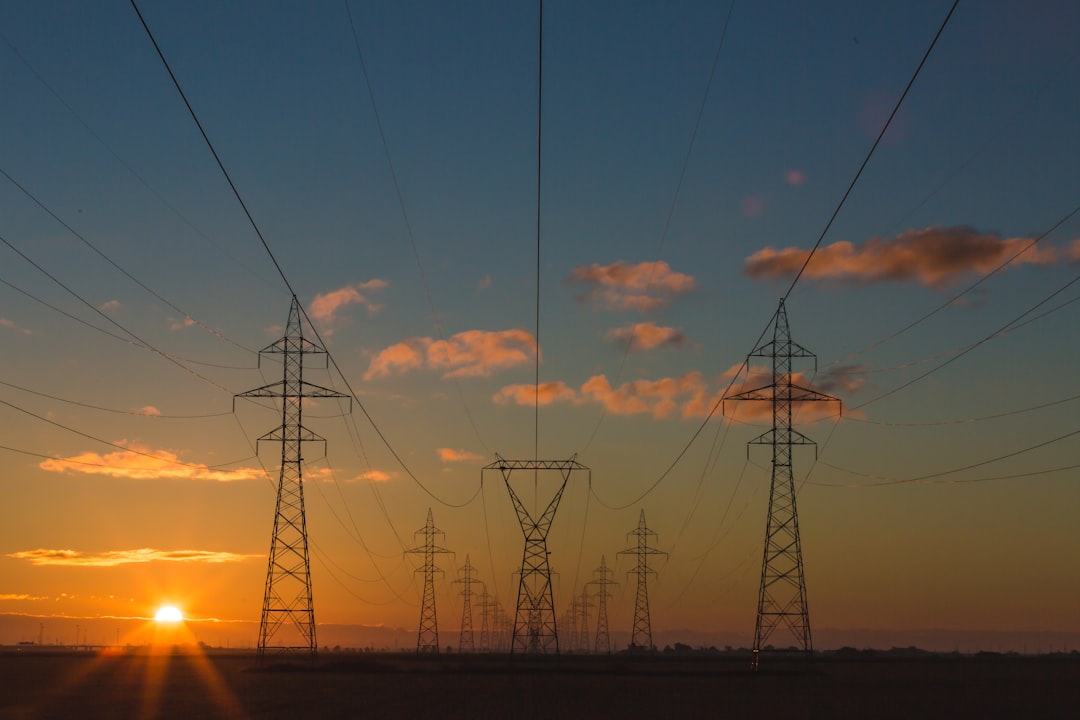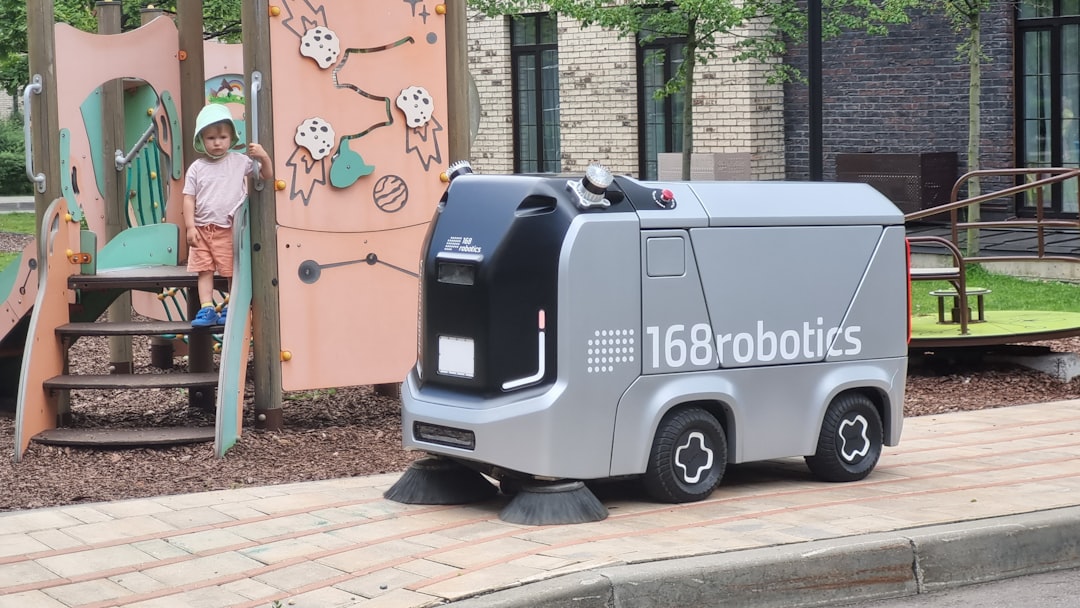The global energy landscape is undergoing a profound transformation, driven by the urgent need to address climate change and the quest for sustainable energy solutions. At the heart of this transition lies artificial intelligence (AI), a technology that is revolutionizing how we generate, distribute, and consume energy. As nations strive to reduce their carbon footprints and embrace renewable energy sources, AI emerges as a powerful ally, offering innovative solutions that enhance efficiency, reliability, and sustainability.
This article delves into the multifaceted role of AI in the energy sector, exploring its applications in forecasting, grid management, infrastructure automation, and more. AI’s ability to analyze vast amounts of data in real-time allows for more informed decision-making in energy management. By leveraging machine learning algorithms and predictive analytics, energy providers can optimize operations and anticipate demand fluctuations.
This not only leads to cost savings but also contributes to a more resilient energy system capable of adapting to the dynamic nature of energy consumption. As we explore the various dimensions of AI’s impact on the energy transition, it becomes clear that this technology is not merely an enhancement but a fundamental driver of change in how we approach energy production and consumption.
Key Takeaways
- AI is revolutionizing the energy sector by enabling more efficient and sustainable energy transition.
- AI-based energy forecasting and demand prediction are improving the accuracy of energy planning and resource allocation.
- Smart grids and AI-enabled energy management are optimizing energy distribution and consumption for better efficiency.
- Automation of energy infrastructure using AI is enhancing operational efficiency and reducing energy wastage.
- AI is playing a crucial role in integrating renewable energy sources into the existing energy grid for a more sustainable future.
AI-based Energy Forecasting and Demand Prediction
One of the most significant applications of AI in the energy sector is its ability to forecast energy demand and supply accurately. Traditional forecasting methods often rely on historical data and simplistic models that may not account for sudden changes in consumer behavior or external factors such as weather conditions. In contrast, AI-driven forecasting utilizes advanced algorithms that can analyze complex datasets, including real-time consumption patterns, weather forecasts, and even social media trends.
This capability enables energy providers to predict demand with remarkable precision, ensuring that supply aligns closely with consumption. Moreover, AI-based demand prediction can significantly enhance grid stability. By anticipating peak demand periods, utilities can proactively manage resources, reducing the risk of blackouts or overloading the grid.
For instance, during extreme weather events when energy consumption spikes, AI systems can trigger alerts and initiate demand response strategies, encouraging consumers to reduce usage during critical times. This not only helps maintain grid integrity but also empowers consumers to play an active role in energy management, fostering a culture of sustainability.
Smart Grids and AI-Enabled Energy Management

The advent of smart grids represents a paradigm shift in how electricity is distributed and consumed. These advanced systems integrate digital technology with traditional power infrastructure, enabling two-way communication between utilities and consumers. AI plays a pivotal role in optimizing smart grid operations by analyzing data from various sources, including smart meters, sensors, and IoT devices.
This integration allows for real-time monitoring and control of energy flows, enhancing overall efficiency. AI-enabled energy management systems can dynamically adjust energy distribution based on real-time data analysis. For example, during periods of high demand, these systems can automatically reroute power from less critical areas or activate backup generation sources.
Additionally, AI can facilitate the integration of distributed energy resources (DERs), such as solar panels and wind turbines, into the grid. By optimizing the use of these renewable sources, AI not only enhances grid reliability but also accelerates the transition towards a more sustainable energy future.
Automation of Energy Infrastructure for Efficiency
The automation of energy infrastructure is another area where AI is making significant strides. Traditional energy systems often rely on manual processes for monitoring and maintenance, which can be time-consuming and prone to human error. AI-driven automation streamlines these processes by utilizing predictive maintenance techniques that analyze equipment performance data to identify potential failures before they occur.
This proactive approach minimizes downtime and extends the lifespan of critical infrastructure. Furthermore, AI can optimize operational efficiency by automating routine tasks such as load balancing and resource allocation.
This level of automation not only enhances productivity but also reduces operational costs, allowing energy providers to allocate resources more effectively.
Role of AI in Renewable Energy Integration
The integration of renewable energy sources into existing power grids presents unique challenges due to their intermittent nature. However, AI offers innovative solutions to facilitate this transition. By leveraging machine learning algorithms, energy providers can predict renewable generation patterns based on historical data and real-time weather conditions.
This predictive capability allows for better planning and integration of renewables into the grid. AI also plays a crucial role in managing the variability associated with renewable sources like solar and wind. For instance, during periods of low generation due to cloudy weather or calm winds, AI systems can automatically adjust energy distribution from other sources or activate battery storage systems to ensure a continuous power supply.
This flexibility not only enhances grid reliability but also maximizes the utilization of renewable resources, ultimately contributing to a cleaner energy mix.
AI for Energy Storage Optimization

Energy storage systems are essential for balancing supply and demand in an increasingly renewable-dominated grid. However, optimizing these systems for maximum efficiency poses significant challenges. AI technologies are stepping in to address these challenges by providing advanced analytics that enhance storage management strategies.
By analyzing usage patterns and predicting future demand, AI can determine optimal charging and discharging cycles for batteries. Moreover, AI can facilitate the integration of various storage technologies into a cohesive system. For example, it can coordinate between different types of batteries—lithium-ion, flow batteries, or even thermal storage—ensuring that each technology is utilized at its most efficient operating point.
This level of optimization not only improves the overall performance of energy storage systems but also reduces costs associated with energy procurement and enhances grid stability.
Case Studies: Successful Implementation of AI in Energy Transition
Several pioneering projects around the globe illustrate the successful implementation of AI in driving the energy transition. One notable example is Google’s DeepMind collaboration with the National Grid in the UK. By employing machine learning algorithms to predict electricity demand patterns, they achieved a remarkable reduction in forecasting errors by up to 30%.
This improvement has enabled more efficient resource allocation and has contributed significantly to grid stability. Another compelling case study comes from Siemens’ deployment of AI-driven solutions in their smart grid projects across Europe. By integrating AI into their grid management systems, Siemens has enhanced real-time monitoring capabilities and improved response times during peak demand periods.
The result has been a more resilient grid that can adapt quickly to changing conditions while maximizing the use of renewable resources.
Future Outlook: Potential of AI in Shaping the Energy Landscape
As we look towards the future, the potential for AI to shape the energy landscape is immense. With ongoing advancements in machine learning and data analytics, we can expect even greater efficiencies in energy production and consumption. The continued integration of AI into smart grids will pave the way for more decentralized energy systems where consumers become active participants in managing their own energy use.
Moreover, as regulatory frameworks evolve to support renewable integration and sustainability goals, AI will play a crucial role in navigating these changes. The ability to analyze complex datasets will empower policymakers and industry leaders to make informed decisions that drive innovation while addressing environmental concerns. Ultimately, as we harness the full potential of AI in the energy sector, we move closer to achieving a sustainable future where clean energy is accessible to all.
In der Diskussion um die KI-gesteuerte Energiewende, die sich auf die Analyse von Energiebedarfen und die Optimierung der Energieinfrastruktur durch KI-Systeme konzentriert, ist es ebenfalls interessant, die Rolle der KI in anderen fortschrittlichen Technologiebereichen zu betrachten. Ein verwandter Artikel, der sich mit zukünftigen Trends und Innovationen in einem solchen Bereich befasst, ist besonders aufschlussreich. Der Artikel „Future Trends and Innovations in the Metaverse: Evolving User Experiences“ bietet Einblicke, wie KI-Technologien nicht nur in der Energiebranche, sondern auch in der Entwicklung des Metaversums eine transformative Rolle spielen. Dieser Artikel könnte zusätzliche Perspektiven darüber bieten, wie KI-Systeme in verschiedenen Sektoren zur Effizienzsteigerung und zur Schaffung nachhaltiger Lösungen beitragen können.
FAQs
What is KI-gesteuerte Energiewende?
KI-gesteuerte Energiewende refers to the use of artificial intelligence (KI) systems to analyze energy demands and support the transition to renewable energy sources, as well as the optimization of energy infrastructure. This involves using KI to make energy forecasts, manage intelligent grids, and automate energy systems.
How can KI systems support the transition to renewable energy?
KI systems can support the transition to renewable energy by analyzing energy consumption patterns, identifying opportunities for renewable energy integration, and optimizing energy production and distribution. This can help increase the efficiency and reliability of renewable energy sources.
What are some applications of KI-gesteuerte Energiewende?
Some applications of KI-gesteuerte Energiewende include KI-supported energy forecasts, intelligent grids that can dynamically manage energy distribution, and automated energy systems that can optimize energy usage and reduce waste.
What are the benefits of using KI in the energy sector?
Using KI in the energy sector can lead to improved energy efficiency, better integration of renewable energy sources, reduced operational costs, and enhanced reliability of energy infrastructure. KI can also help in making more accurate energy forecasts and optimizing energy usage.
Are there any challenges associated with KI-gesteuerte Energiewende?
Challenges associated with KI-gesteuerte Energiewende include data privacy concerns, the need for advanced technical expertise, and potential resistance to adopting new technologies in the energy sector. Additionally, ensuring the security and reliability of KI systems in the energy sector is also a challenge.











Leave a Reply